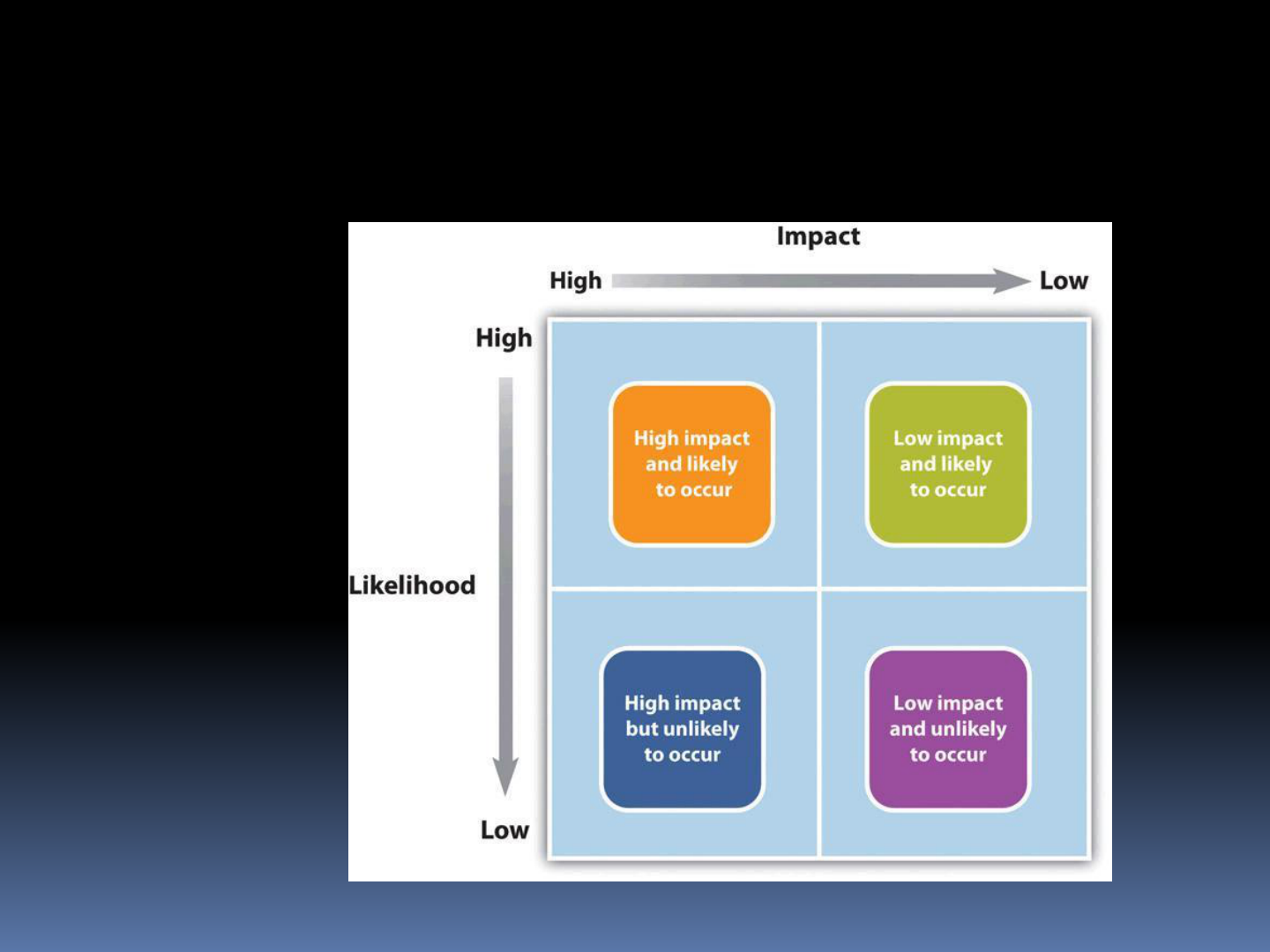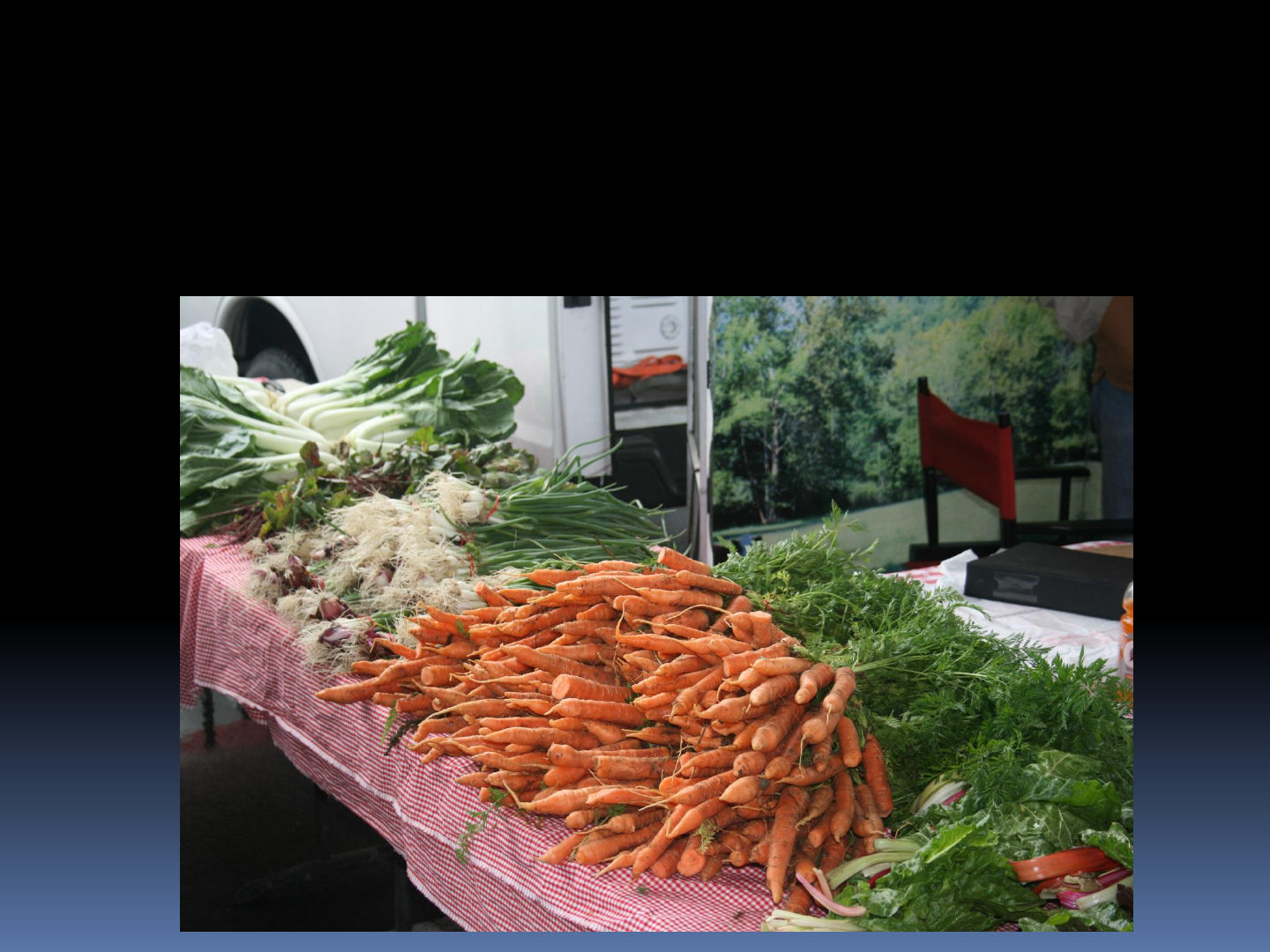
“Are You Covered When Selling Fruits
and Vegetables? Be Informed About
Product Liability Risk”
Farmers Market Boot Camp Workshops
Hal Pepper
Financial Analysis Specialist
Cookeville, February 16, 2015
Alcoa, February 17, 2015
Greeneville, February 18, 2015
Covington, February 24, 2015
Clarksville, February 25, 2015
Franklin, February 26, 2015

Overview
Introduction to risk
Using liability insurance to manage risk

Risk is…
The uncertainty
regarding
likelihood or
magnitude of
loss, damage or
injury

Assessing Risk

Managing Risk
Avoid Risk
Reduce Risk
Transfer Risk Accept Risk

Even with local foods, food
safety is an issue!

Examples of Incidents of
Food-borne Illness
2011 Strawberries Oregon E. coli.
2011 Cantaloupes Colorado Listeria
2012 Cantaloupes Indiana Salmonella
2013 Mixed salad Mexico Cyclospora
2014 Caramel apples Listeria

Transferring Risk with
Insurance
Obtain insurance
Learn and follow
insurance
requirements and
claim procedures

Transferring Risk with Insurance
Start with a visit to a
qualified insurance
agent—preferably one
who is familiar with
how direct farm
businesses operate.

Transferring Risk with Insurance
Explain your operation in detail.
Request an insurance proposal that addresses
all your operation’s risks and potential
amount of loss.
Consider comparing policies from multiple
agents.
Can you add product liability insurance as a
rider to your existing policy?

Transferring Risk with Insurance
Some farmers markets
and vendors require
product liability
insurance.
Ask whether the policy
only covers product
liability arising from
raw/unprocessed farm-
grown products grown
on the farm.

Transferring Risk with Insurance
Does the policy cover
sales at:
Roadside stands?
Farmers markets?
Restaurants?
CSA’s?
Other vendors?

Transferring Risk with Insurance
Does the policy cover
“products and
completed
operations?”
Does the policy cover
sales of:
Products you purchased
for resale?
Processed products?

Are You Covered?
Many general farm liability insurance policies
are written to cover injuries that occur on the
farm premises or as a result of farm
operations. They may not consider direct
marketing activities as “farming” or necessary
operations.

Caution
Many farmers believe their general farm
liability policy provides them with coverage in
the situation where someone gets ill from
eating food the farmer sold them. In many
situations it may not!

Caution
The sale of farm
products you
purchased from
another farmer is likely
NOT covered under a
general farm liability
insurance policy.

Commercial General Liability
(CGL)
Covers activities that a farmer also
undertakes that are not considered “farming”
Written specifically for the business involved
May provide coverage for injuries excluded in
a general farm liability insurance policy

Some points to consider…
Insurance policies are contracts.
Know what you’re paying for.
Understand the exclusions (what the policy
does NOT cover).

Exclusions
Some policies limit the scope of bodily injury.
Example:
“Bodily injury does not include:
The transmission or exposure directly or indirectly
by any insured or by any other person or
instrumentality to any other person of any
communicable disease, bacteria, virus, parasite, or
other organism.”

Product Liability Insurance
Policy
Protects against claims
of injury from fresh or
processed food
products that cause
food-borne illness
Covers “products and
completed operations”

Excess/Umbrella/Surplus Lines
of Insurance
Provide catastrophic
loss protection when
the underlying
insurance is inadequate

Safe Haven???
“No need to worry… I
only sell to friends and
family.”

When you buy an insurance policy…
You are required to pay
the premium at the
time required or the
policy will no longer be
in force.
You are required to
report (in a timely
fashion) any
occurrences to the
agent and company.

When you buy an insurance policy…
You are required to
report any material
changes in the nature
of your activities or the
property which is
subject to insurance.
You are required to
cooperate with the
insurer in matters of
subrogration.

How Much Insurance?
Consider the value of your assets.
Consider the probability of a loss occurring
and the dollar value of potential claims.
What problems have others in farm direct
marketing or agritourism experienced?
What are you doing to reduce the chances of
loss to your business?
Buyers may require a minimum amount of
product liability insurance.

Points to Remember
Make sure the proper entity is insured.
Provide annual sales updates to your agent.
Premiums often are based largely on product
sales and hazards involved.
Reevaluate your coverage annually.

Take Home Messages
Product liability insurance is a vital legal risk
management tool for direct marketers.
Carefully consider needs for coverage.
Work closely with insurance agent and
communicate well and often.

“Thanks” to:
Tennessee Department of Agriculture

Contact Us
Center for Profitable Agriculture
https://ag.Tennessee.edu/cpa
Email [email protected]
(931) 486-2777



